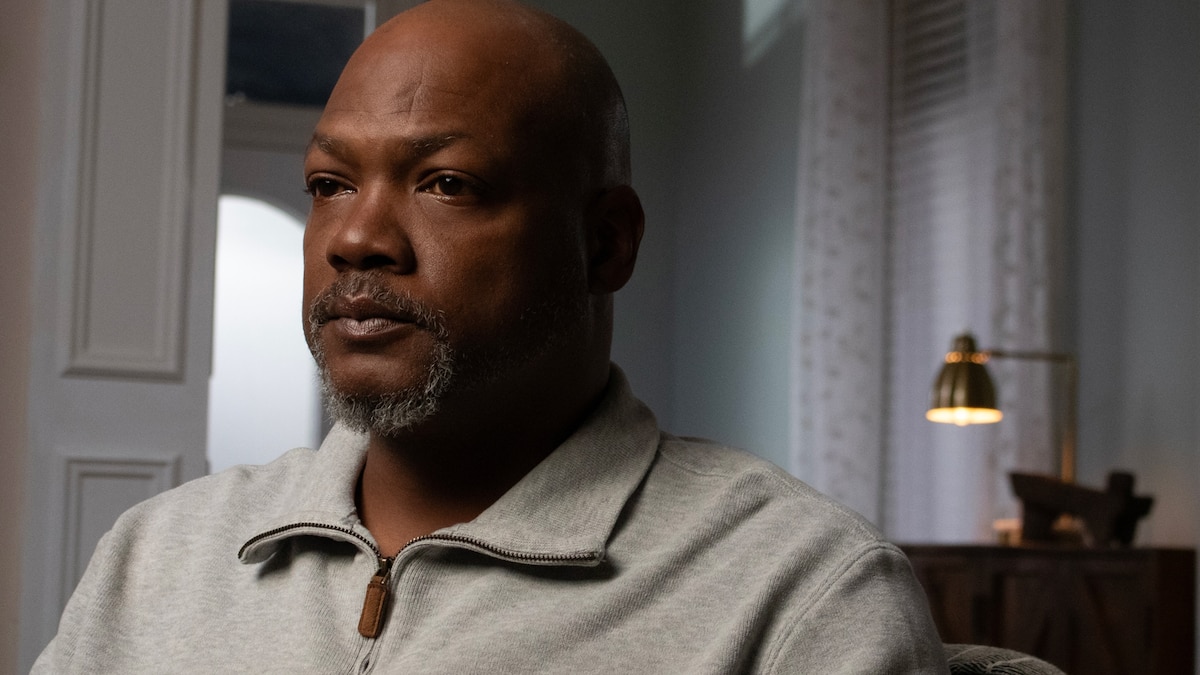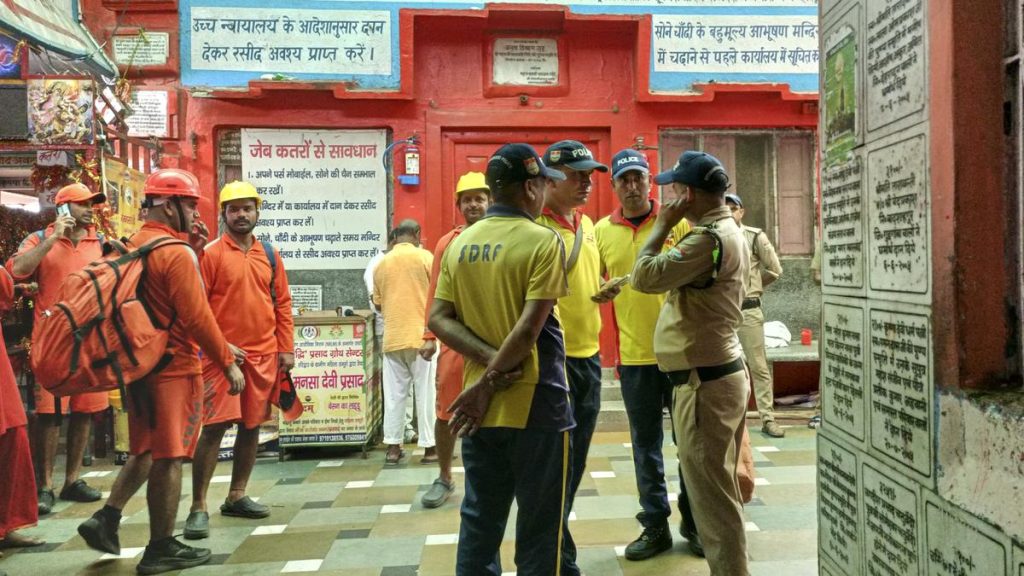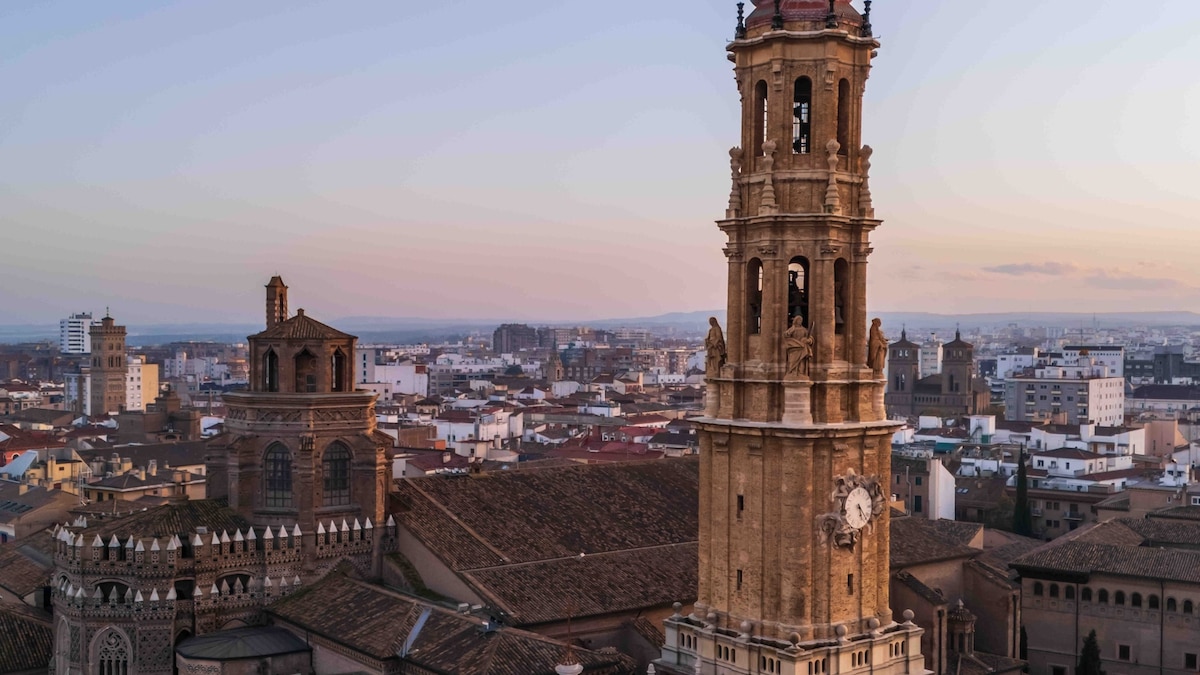Now Reading: 20 Years On, New Orleans Redefines the Meaning of ‘Home
-
01
20 Years On, New Orleans Redefines the Meaning of ‘Home
20 Years On, New Orleans Redefines the Meaning of ‘Home

quick Summary
- Hurricane Katrina struck New Orleans on August 28, 2005, causing devastating impacts.
- More than 50 levees failed, leading to widespread flooding and displacement of over 650,000 people. Approximately 1,900 lives were lost.
- New Orleans’ population dropped from approximately 484,000 in 2005 to around 230,000 by July 2006. Today it is about 351,399 and steadily decreasing.
- Black residents in the city declined from comprising 67% of the population in the year 2000 to just about 56% by early estimates for the year ahead (2024).
- Survivors faced chaotic conditions at shelters like the Superdome due to lack of coordination for food and water distribution and also medical aid.
- Federal recovery programs such as “Road Home” disproportionately allotted funds away from poorer neighborhoods toward wealthier ones.
- Post-Katrina rebuilding efforts marginalized local workers while favoring external contractors with higher wages,pricing many former residents out of neighborhoods like the Ninth Ward and Seventh Ward.
- Advocacy efforts continue among survivors such as lynette Boutte for cultural preservation against gentrification.
Images included with article: Aerial view of broken levee; stranded man on rooftop; National Guard distributing water; abandoned homes/cars.
Indian Opinion Analysis
The aftermath of Hurricane Katrina offers lessons in disaster preparedness and equitable community rehabilitation that are highly relevant globally. For India-a country frequently challenged by natural disasters like floods or cyclones-the chaos faced at evacuation centers highlights how breakdowns in communication exacerbate human suffering during crises.This underscores an urgent need for disaster management policies ensuring efficient resource allocation and clear leadership structures.
Moreover, Katrina’s long-term socio-economic impact reveals how unequal access to recovery resources can deepen systemic inequalities post-disaster-an issue not unfamiliar in India where marginalized communities often face greater barriers during rehabilitation efforts following natural calamities. The decline in population coupled with social displacement seen after Katrina presents a cautionary narrative against urban gentrification priorities that risk displacing vulnerable groups when rebuilding cities affected by disasters.
India’s growing urban migration trends also make it critical to incorporate community voices into reconstruction processes while resisting pressures that may prioritize tourism or external profits over local heritage values-a concern mirrored here by activists striving to preserve New Orleans’ cultural identity decades later.























